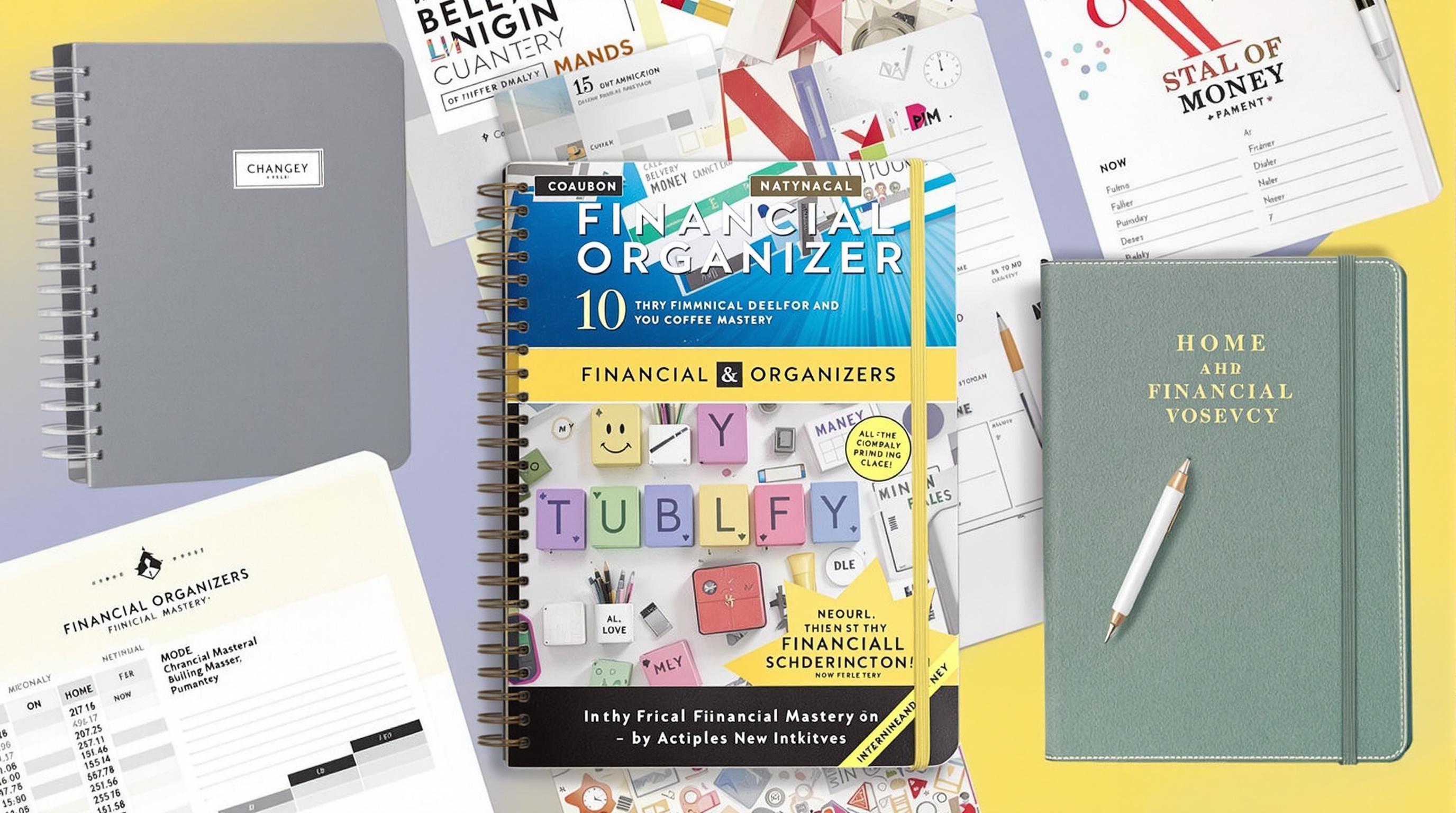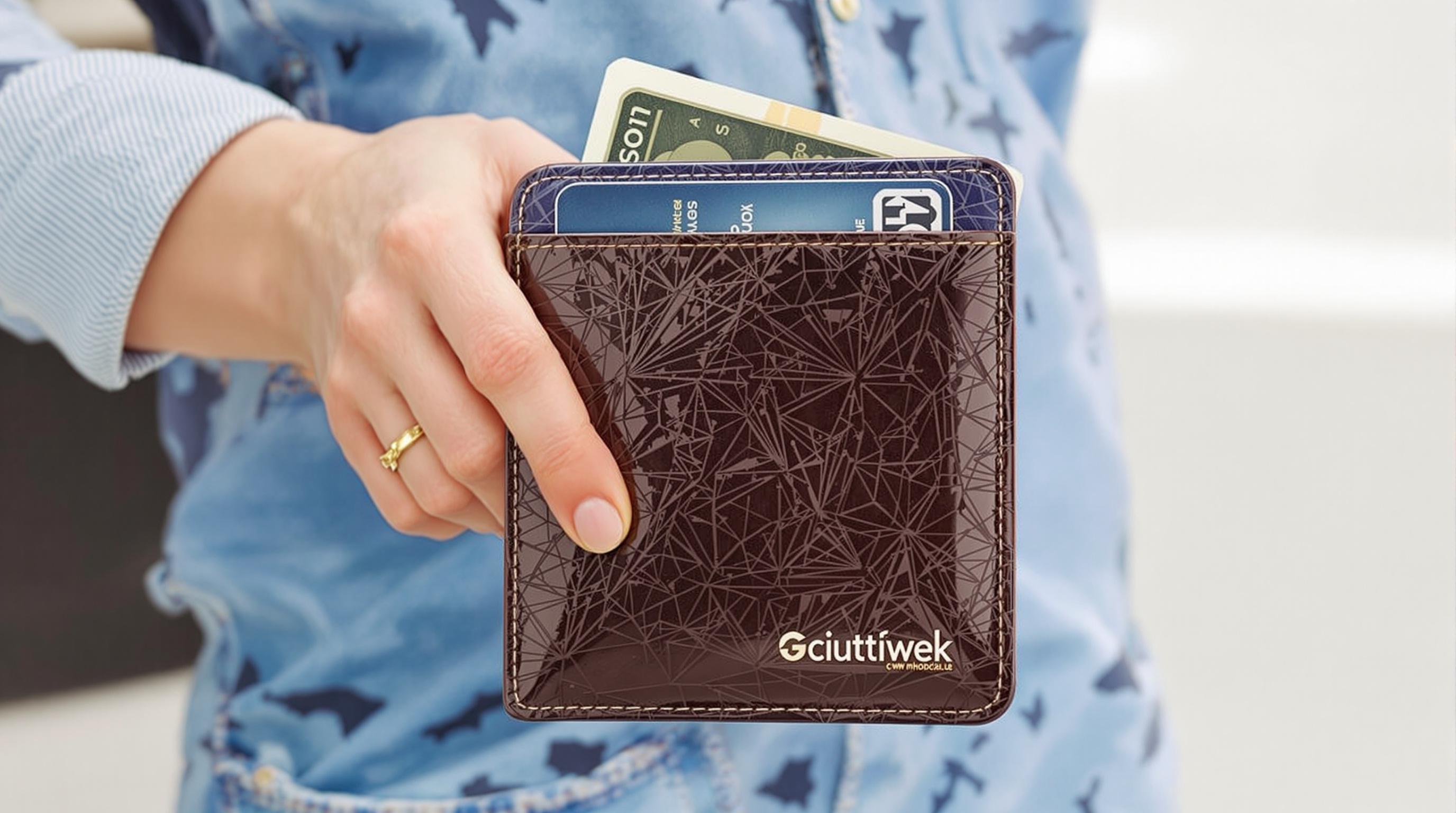Related Articles
- Top 5 Eco-Friendly Wallets Released Since 2019 That Blend Style with Smart Money Management
- Unlocking the Psychology of Spending: How Emotional Triggers Sabotage Your Saving Habits Without You Noticing
- Top 6 Revolutionary Micro-Investment Tools Launched Since 2019 Transforming Family Emergency Cash Reserves
- Top 6 New Credit Builder Cards and Apps From the Past Five Years That Actually Speed Up Your Score Growth
- Top 6 Innovative Debt Restructuring Tools from 2019 to 2024 That Outsmart Traditional Refinancing Options
- How Identity Protection Plans Intersect with Cyberpsychology to Influence Consumer Behavior and Risk Perception
9 Psychological Tricks to Outsmart Impulse Buying and Strengthen Your Monthly Budget Control
9 Psychological Tricks to Outsmart Impulse Buying and Strengthen Your Monthly Budget Control
9 Psychological Tricks to Outsmart Impulse Buying and Strengthen Your Monthly Budget Control
Impulse buying is a common challenge that undermines even the most well-planned budgets. It occurs when consumers make spontaneous, unplanned purchases without considering the consequences. Understanding the psychological mechanisms that drive impulse spending can be a powerful first step toward mastering self-control and enhancing financial health.
Budget discipline isn’t merely about restraint; it involves strategic thinking and practical psychological tactics. By applying evidence-based methods, you can reframe your spending habits, recognize triggers, and build a buffer against impulsive decisions. These strategies help not only to save money but also to cultivate a more mindful relationship with consumption.
In this article, you will discover nine psychological tricks rooted in behavioral science that have proven effective in curbing impulse buying. Implementing these techniques can help you regain control over your monthly expenses, boost savings, and reduce financial stress.
1. Practice the “24-Hour Rule”
One of the simplest yet most effective tricks to combat impulse buying is implementing a mandatory waiting period—commonly the “24-hour rule.” When tempted to make an unplanned purchase, delay the decision for at least one day. This cooling-off period allows emotional impulses to subside and rational thinking to take precedence.
Research shows impulsive decisions often stem from immediate emotional reactions (Rook & Fisher, 1995). By creating a temporal buffer, you give your brain time to evaluate if the purchase aligns with your financial goals. In many cases, the desire to buy fades away after the waiting period.
Applying this rule consistently can develop stronger self-control habits. Keep a notes app or journal to write down the item you’re tempted to buy and revisit it after 24 hours. If the desire persists, then consider whether the purchase is truly necessary.
2. Use Cash Instead of Cards
Paying with cash rather than credit or debit cards activates different psychological pathways. Physical money spending engages the brain’s pain centers more acutely than digital transactions, making the spending experience feel more “real” and consequential (Prelec & Loewenstein, 1998).
Using cash limits your buying power to the amount you physically carry, inherently creating a spending cap and mitigating overspending risks. This tangible approach enhances budget awareness and reduces the tendency to make impulsive purchases.
To implement this, set aside your budgeted cash for discretionary spending at the beginning of each month or week. When the cash is gone, resist the urge to use cards, reinforcing discipline and respecting budget boundaries.
3. Make a Shopping List and Stick to It
Creating a detailed shopping list prior to any purchase excursion is a well-established method to reduce impulse buys. The act of planning encourages deliberate decision-making, helping to focus on needs rather than wants.
Studies show that pre-committing to a shopping list decreases unplanned expenditures by limiting exposure to tempting items and distractions (Nordfält, 2019). It also helps keep your budget on track by reinforcing your spending priorities.
Whether grocery shopping or browsing online, prepare your list carefully and resist the temptation to deviate. If an unplanned item catches your eye, evaluate it against your list and budget before adding it to your cart.
4. Unsubscribe from Promotional Emails and Notifications
Retailers use email marketing and push notifications to trigger impulsive spending. These messages use scarcity and urgency cues, such as limited-time offers or flash sales, to create a psychological sense of urgency.
By unsubscribing from promotional emails and turning off non-essential notifications, you reduce exposure to these psychological triggers. This digital detox from advertising clutter lessens the opportunities to make spontaneous purchases.
Consider using email filtering or dedicated folders for promotional content so you can check deals mindfully rather than being bombarded throughout the day. This selective exposure helps maintain focus on your budget goals.
5. Visualize Your Financial Goals
Visualization is a powerful psychological tool to strengthen motivation and self-regulation. By vividly imagining your financial goals—such as saving for a vacation, debt repayment, or emergency fund—you create emotional incentives that counterbalance the fleeting pleasure of impulse buying.
This technique engages the brain’s reward system through future-oriented thinking, making long-term benefits feel more tangible and desirable (Kirk & Montague, 2015). It can increase patience and reduce the appeal of immediate gratification derived from impulse purchases.
Try creating visual reminders like vision boards, charts, or digital images of your goals placed where you often shop or spend money. Regularly focus on these visuals to reinforce your commitment to controlled spending.
6. Avoid Shopping When Emotionally Vulnerable
Emotional states significantly influence purchasing behaviors. Shopping while stressed, sad, or bored often leads to impulse buying as a coping mechanism, temporarily boosting mood through retail therapy (Dittmar, 2005).
Be aware of your emotional triggers and seek alternative activities when feeling vulnerable, such as exercise, meditation, or social connection. Addressing underlying emotions reduces the likelihood of impulsive decisions tied to emotional discomfort.
Keeping a mood and spending diary can help identify patterns linking feelings to spending. Use these insights to create strategies that disrupt emotionally driven purchases, preserving your budget integrity.
7. Set Spending Limits and Monitor Your Expenses
Establishing clear, realistic spending limits provides structure and accountability for discretionary purchases. When combined with regular expense tracking—via manual logs, apps, or spreadsheets—you gain insights into your spending habits and progress.
Transparency regarding where your money goes helps counteract unconscious spending. Research supports that self-monitoring improves self-control and budgeting effectiveness (Zimmerman & Schunk, 2011).
Make it a habit to review your spending weekly to identify impulse purchases and adjust limits accordingly. This continual feedback loop empowers informed financial decision-making and strengthens budget adherence.
8. Shop with the Intention to Fulfill Needs, Not Wants
Distinguishing between needs and wants is a fundamental behavioral economics concept that curbs unnecessary spending. Needs are essential for well-being, whereas wants provide short-term pleasure but can destabilize budgets if unchecked.
Before each shopping trip, reinforce your intention to satisfy needs. This mindset shift primes your cognitive filters to evaluate the necessity of each item rather than impulsively giving in to desires.
Practicing this conscious differentiation cultivates disciplined purchasing habits, gradually converting impulse buying urges into purposeful choices aligned with your financial goals.
9. Employ Mindfulness Techniques While Shopping
Mindfulness involves paying purposeful, non-judgmental attention to the present moment. Applying mindfulness while shopping reduces automatic, emotion-driven spending behaviors by increasing awareness of impulses and habitual patterns (Kristeller & Wolever, 2011).
Taking slow, deliberate breaths, examining your motivations for buying, and considering alternative uses for money are mindfulness strategies that interrupt impulsivity. These techniques enhance your ability to make conscious, budget-consistent decisions.
Incorporate short mindfulness pauses before adding items to your cart or completing transactions. Over time, this practice develops greater control and reduces regretful purchases.
Conclusion
Impulse buying poses a formidable obstacle to financial stability, but with intentional psychological strategies, you can reclaim control over your spending habits. The nine tricks outlined here—from practicing the 24-hour rule to applying mindfulness while shopping—are grounded in scientific evidence and behavioral insights.
Implementing these techniques consistently will help strengthen your monthly budget control by reducing spontaneous purchases and fostering mindful financial decisions. Gradually, these habits contribute to healthier money management and greater peace of mind.
Your journey toward smarter spending begins with awareness and deliberate actions. By outsmarting impulse buying, you pave the way for sustained financial wellness.
References:
Dittmar, H. (2005). Compulsive buying–a growing concern? An examination of gender, age, and endorsement of materialistic values as predictors. British Journal of Psychology, 96(4), 467-485.
Kristeller, J. L., & Wolever, R. Q. (2011). Mindfulness-based eating awareness training for treating binge eating disorder: The conceptual foundation. Eating Disorders, 19(1), 49-61.
Kirk, E., & Montague, P. R. (2015). An fMRI study of future discounting: teasing apart impulsivity and reward sensitivity. Brain and Behavioral Sciences, 38.
Nordfält, J. (2019). Effects of a shopping list on grocery shopping. Journal of Marketing Management, 35(3-4), 374-391.
Prelec, D., & Loewenstein, G. (1998). The red and the black: Mental accounting of savings and debt. Marketing Science, 17(1), 4-28.
Rook, D. W., & Fisher, R. J. (1995). Normative influences on impulsive buying behavior. Journal of Consumer Research, 22(3), 305-313.
Zimmerman, B. J., & Schunk, D. H. (2011). Self-regulated learning and academic achievement: Theoretical perspectives. Routledge.



